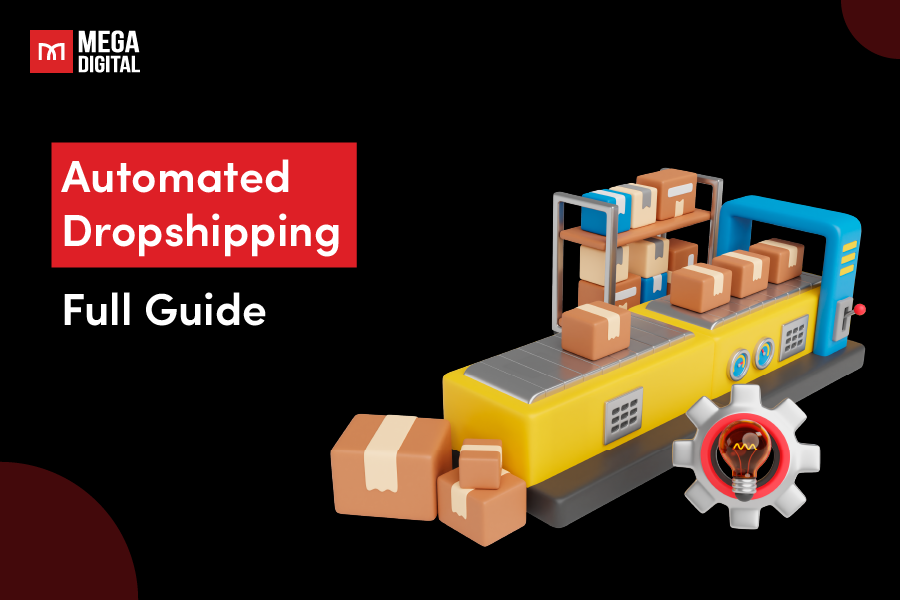If you’re running an e-commerce business, you know attracting the right customers is half the battle. PPC (Pay-Per-Click) advertising can be a game changer, allowing you to connect with highly targeted audiences in real-time. In this guide, we’ll break down how to use PPC for e-commerce and why it’s powerful to grow your online store.
Why Use PPC for E-commerce Business?
Using PPC for e-commerce offers a range of advantages that can help grow your business, from optimizing your marketing efforts to increasing revenue. In this part, I will give you some reasons why PPC can be a game-changer for your business.
Advanced Targeting
PPC allows you to reach the exact audience interested in your products. With advanced targeting options, you can advertise based on demographics, search behaviors, and more.
Imagine you’re selling those gorgeous handmade hoop earrings you’ve poured your heart into. With Google Search Ads, you can specifically target users who are actively searching for terms like “buy hoop earrings” or “gold hoop earrings.”
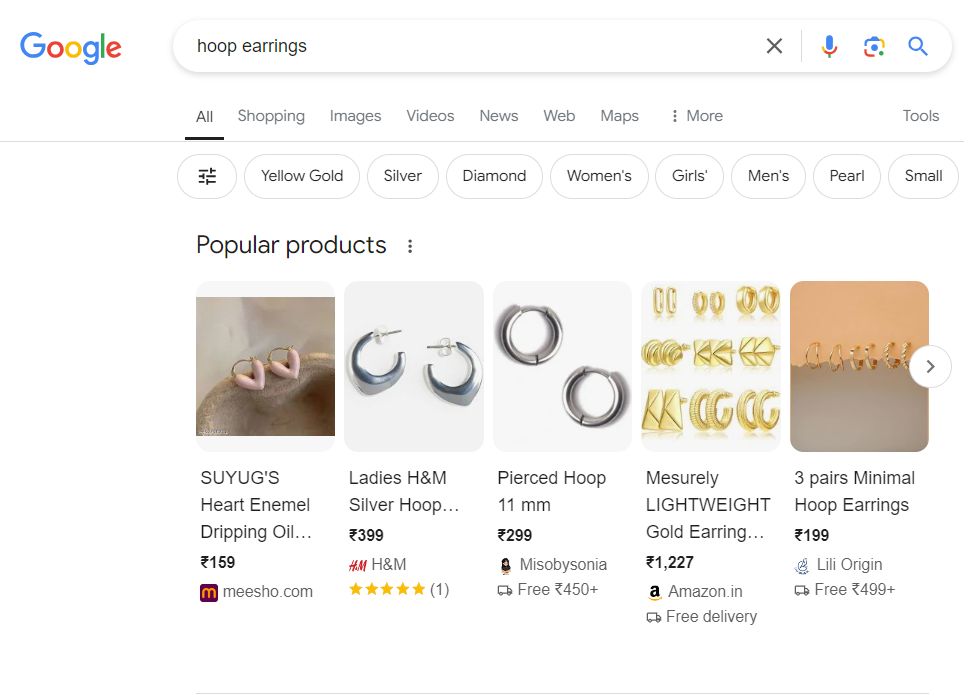
When someone types these keywords into Google, your ad appears at the top of their search results, right when they’re ready to make a purchase. This precision targeting means you’re reaching an audience that’s already interested in what you offer, increasing the chances of a click and a sale!
Data-driven Results
In PPC advertising, making informed decisions based on data analysis is crucial and PPC advertising provides real-time insights into how your ads perform.
For instance, Google Analytics 4 (GA4) allows you to see how users interact with your site after clicking your ads. Similarly, TikTok Analytics gives insights into engagement metrics and audience demographics.
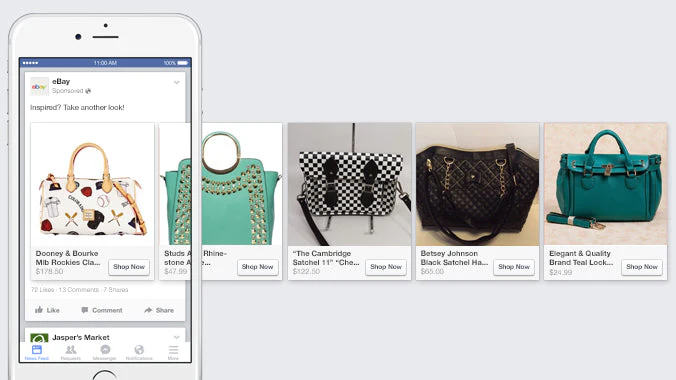
Flexible Display Options
One of the key benefits of PPC advertising is the flexibility in where your ads can appear. PPC ads are everywhere your potential customers are, whether it’s on search engines, apps, social media platforms, or third-party websites.
For instance, Google Display Ads can show up in Gmail, mobile apps, or across over 35 million websites. Similarly, Facebook Ads can appear in users’ feeds, Messenger, or even within apps they use daily.
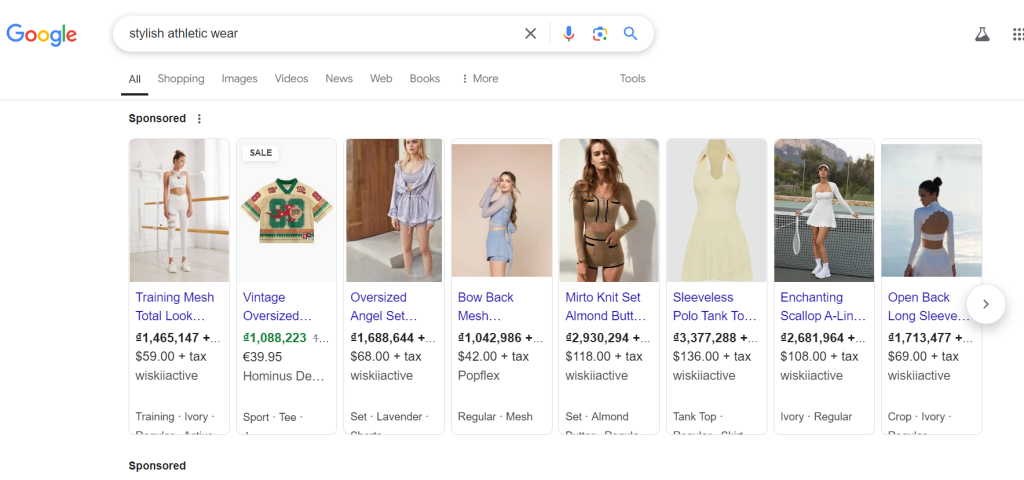
If you’re targeting the sports clothing market, Google Display Ads can showcase your products on fitness websites and Gmail.
You can also feature your top-selling tights in bold ads on YouTube yoga videos, fitness blogs, or Facebook Messenger, increasing the chances of clicks from potential customers.
Budget Control
PPC gives you full control over your advertising budget, which means you can set daily, weekly, or monthly spending limits, and you can choose the PPC ads that match your budget.
Plus, you only pay when someone clicks your ad, so you don’t waste any money if no one engages with it. This ensures that every dollar goes toward potential customer interactions, giving you control over your costs while reaching the audience most likely to convert.
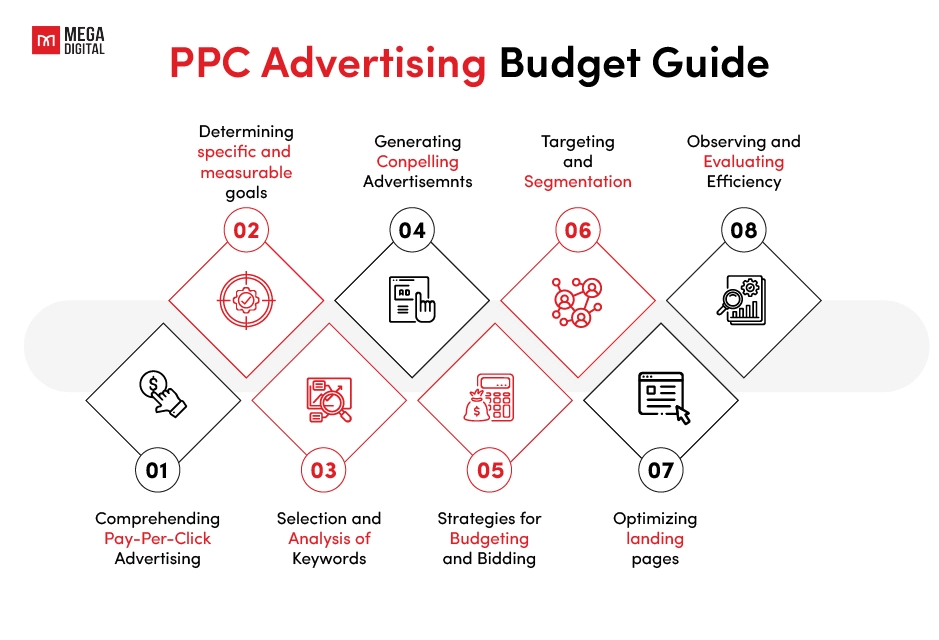
In a Google Ads campaign for a clothing store, “fall jackets for men” targets customers with a $50 budget and $10 CPA. Bids are raised 20% for mobile users between 6-9 PM, when engagement is highest.
You only pay for clicks, focusing the budget on likely buyers. If the CPA goal isn’t met, you can adjust targeting, bids, or budget to stay on track.
How Does PPC for E-commerce Work?
To effectively use PPC for e-commerce, you need to understand the mechanics behind it. Let’s delve into how PPC works for e-commerce, focusing on these three main points:
Creating Ads
Creating engaging ads is the foundation of any PPC strategy. When you run a PPC campaign, you create ads designed to attract attention and encourage users to click.
These ads can appear across different platforms like search engines, social media, apps, and websites.
The platform like Google, Amazon, or Facebook will display your ads to users based on the keywords they search for, their browsing habits, or their interests.
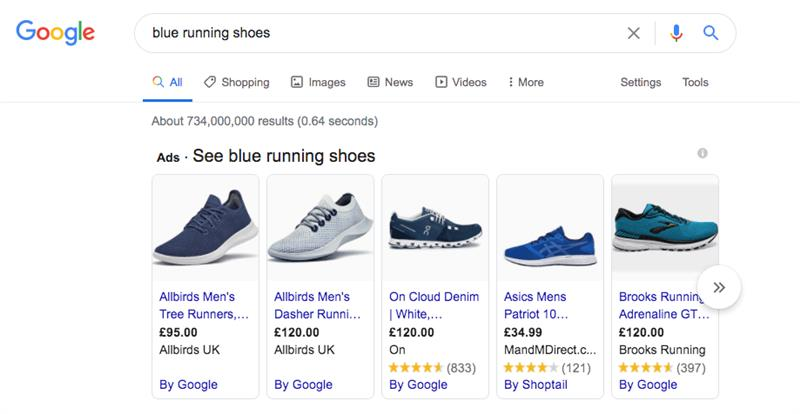
Platforms then use an auction system to determine which ads appear and in what order. Every time a user searches for something relevant to your product or visits a page that matches your targeting criteria, the auction is triggered.
Your ads are ranked based on factors like bid amount, ad relevance, and expected impact like click-through rates and conversions.
Selecting Keywords
Keywords determine when and where your ads will appear, ensuring that your products reach the right audience. This process helps target customers at various stages of their buying journey, from broad searches to highly specific product queries.
For example, with Amazon Sponsored Products, keyword selection is particularly crucial. If you sell eco-friendly cleaning supplies, you want to target buyers who are searching for specific terms like “natural all-purpose cleaner” or “biodegradable cleaning products.”
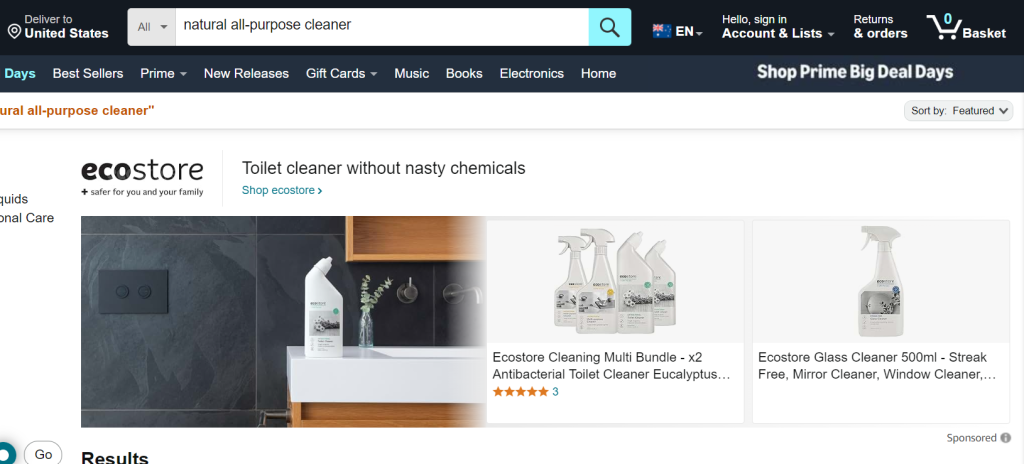
Sponsored Product Ads appear directly in Amazon’s search results or on product pages, meaning your ads reach shoppers as they browse or compare similar products.
Amazon’s focus on keywords helps you capture a motivated audience. By targeting long-tail keywords like “best eco-friendly all-purpose cleaner,” you can ensure that your ad reaches niche customers who are actively searching for a specific solution, rather than just broad terms like “cleaner.”
Managing Bidding
To optimize your PPC performance, you also need to focus on managing your bidding strategy. In the context of e-commerce, bidding determines how often and where your ads appear in search results. You can choose between manual and automated bidding strategies, depending on your goals.
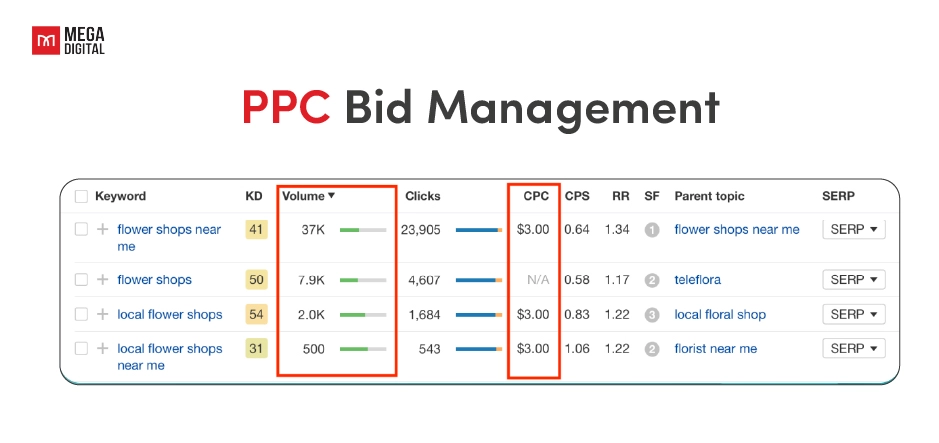
With Google Ads, you can choose manual or automated bidding strategies.
For instance, you might set a bid of $0.75 per click for running shoes. By tracking performance, you can adjust bids—if red shoes perform better than black, allocate more budget to boost ROI.
For automation, Google’s Target ROAS strategy adjusts bids dynamically to meet your revenue goals.
4 Best Platforms to Run PPC for E-commerce
With so many platforms available, it’s crucial to choose the ones that offer the highest return on investment and the best targeting options for your products. As per my experience, these 4 platforms stand out as the best for running PPC campaigns.
Google Ads
If you’re looking to capture high-intent buyers, Google Ads should be at the top of your list. As the world’s most popular search engine, Google connects your products with people who are actively searching for them.
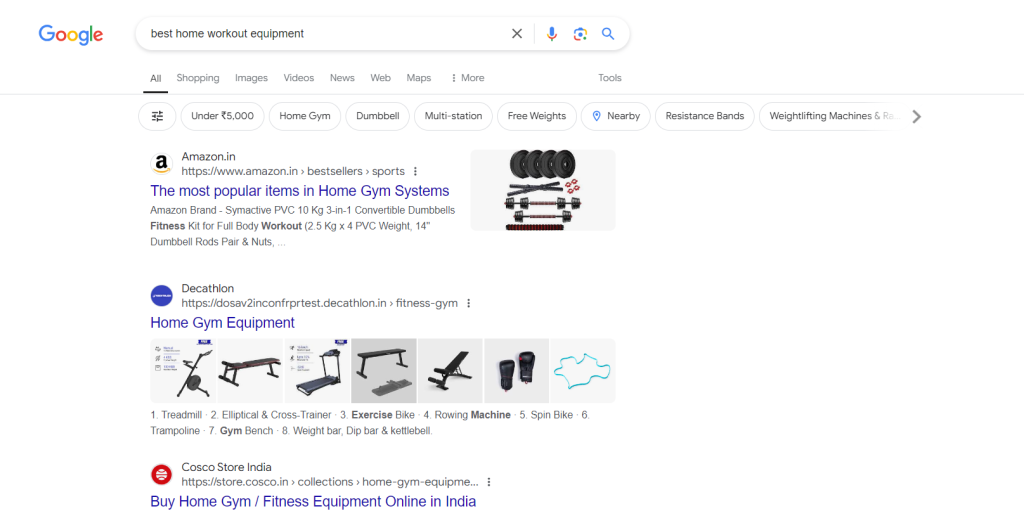
For Google, I highly recommend Google Shopping Ads and Search Ads for your e-commerce PPC strategy. The ads target directly users who are actively searching for products.
Moreover, Shopping ads are more specific, as they display product images, prices, and reviews directly in the search results, making it easy for customers to compare and click through to buy.
Imagine you run a store that sells fitness gear. By using Google Shopping Ads, your product (like dumbbells or yoga mats) would appear when someone searches for “best home workout equipment” with full information, images, and prices for customers to choose from easily.
Since the user is already looking to buy, you’re more likely to convert those clicks into sales.
>>> Read more: 22 Types of Google Ads: How to Choose The Right Campaigns
Meta Ads
For businesses that rely on visual appeal and precise audience targeting, Meta Ads (which include Facebook and Instagram) are incredibly effective.
With their massive user base and sophisticated targeting options, Meta Ads allow you to show your products to the right people at the right time.
When mentioning Meta Ads, I find that Carousel Ads and Dynamic Product Ads work particularly well for e-commerce businesses. Carousel Ads lets you highlight multiple items or variations in one ad, while Dynamic Product Ads retarget users who have already shown interest in your products by visiting your website.
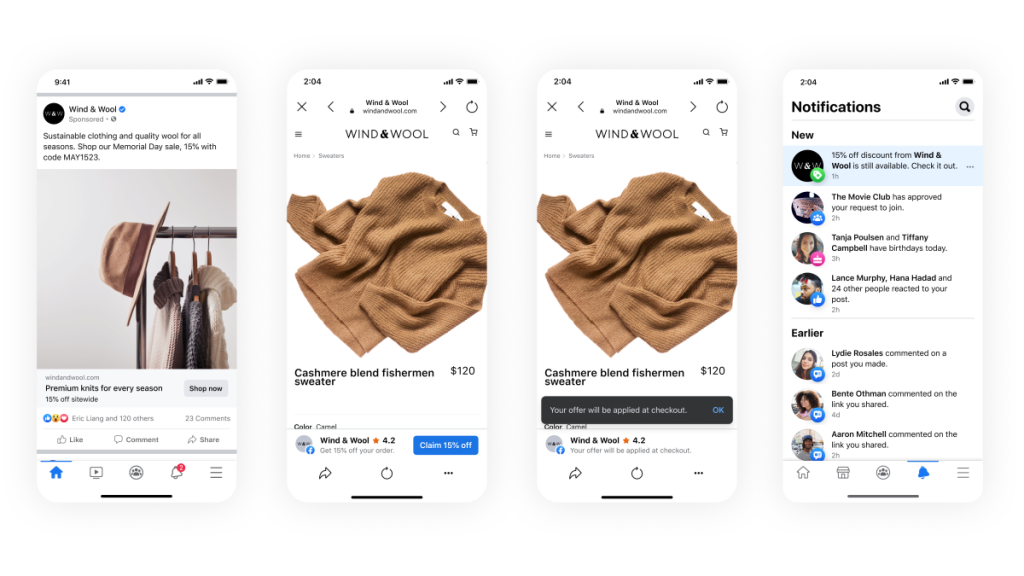
Let’s say you own a sustainable fashion brand and a customer views a vegan leather jacket on your website but leaves without purchasing.
By using Dynamic Product Ads on Instagram, you can automatically retarget this customer with an ad showing the same vegan leather jacket they were browsing, possibly even paired with reviews or a discount code to increase the chance that they will return and complete the purchase.
>>> Read more: All Types of Facebook Ads – A Comprehensive Guide [2024]
Amazon Ads
For businesses selling physical products, Amazon Ads offer a distinct advantage. Since Amazon users are often in a buying mindset, your ads are more likely to convert. You can use Sponsored Product Ads and Sponsored Display Ads to showcase your products on Amazon.
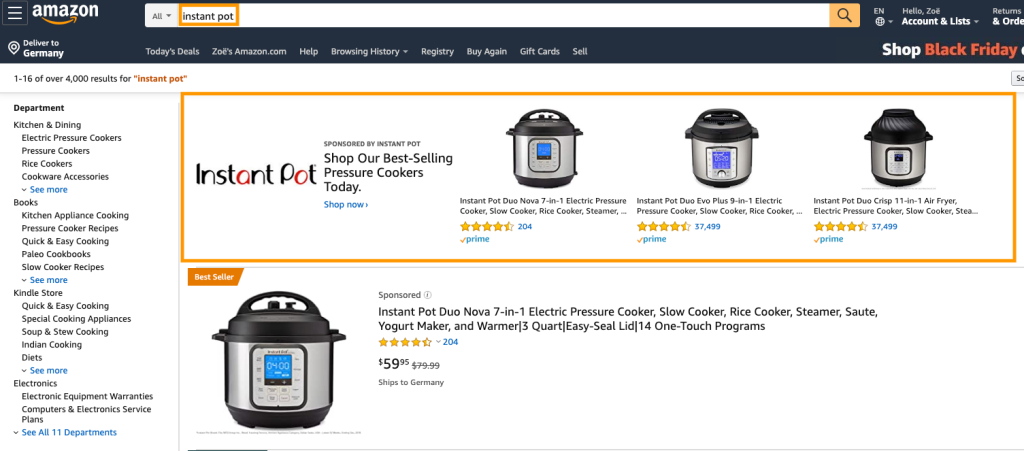
Basically, Sponsored Product Ads place your items directly in search results. On the other hand, Sponsored Display Ads target shoppers based on their behavior both on and off the platform.
For example, if you sell instant pot, your product can appear at the top of search results when potential buyers search for “instant pot,” giving your product maximum visibility during key shopping periods.
TikTok Ads
If you want to reach a younger demographic or capitalize on viral trends, TikTok Ads should be your top consideration. TikTok’s engaging, short-form content provides e-commerce brands with a unique opportunity to promote products creatively.
One of the most affordable and effective ways to reach a large user base and promote your business on TikTok is by using In-feed ads. In-feed ads integrate seamlessly into users’ regular TikTok feed, making them feel less like traditional ads.
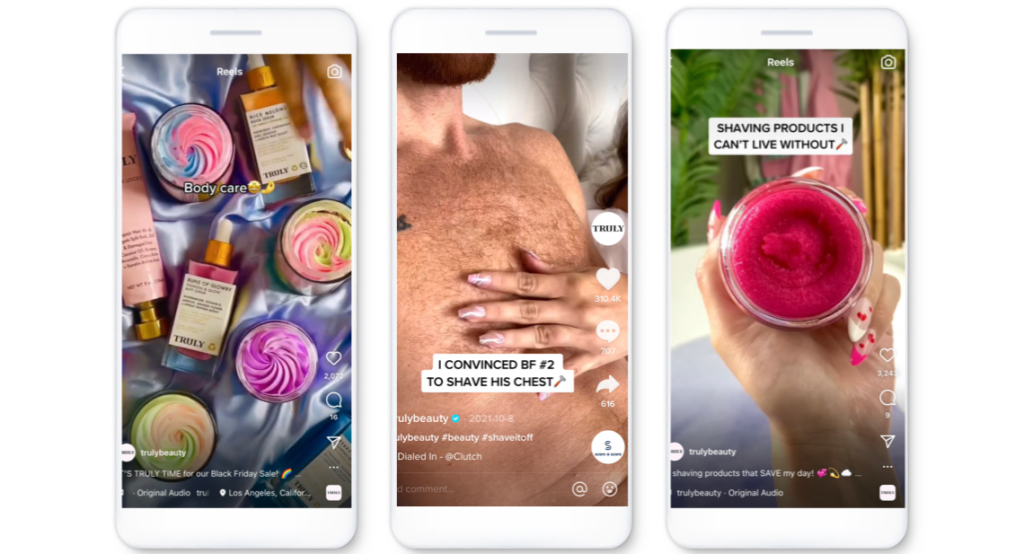
A beauty brand, for example, could use In-feed Ads to promote makeup tutorials that feature their products, directing viewers to their website. If one of your products is already trending, Spark Ads can give that viral post an even bigger push, helping you capture even more attention.
>>> Read More: All TikTok Ad Types You Need to Know [Update 2024]
7 Tips to Build an Effective E-commerce PPC Campaign
If you want to run a profitable PPC campaign, you need to have strategic planning. In this section, I will break down 7 specific tips that I found most effective to enhance your e-commerce PPC efforts.
#1 Keyword Analysis
The first step in building a successful PPC campaign is understanding which keywords are most likely to convert. To make the most of your budget, focus on long-tail keywords, which are more specific phrases that target high-intent buyers.
For example, if you sell hiking boots and use Google ads to promote your product, instead of using the broad keyword “hiking boots,” you could use “women’s waterproof hiking boots” to directly target women who are looking for these products and are more willing to make a purchase.
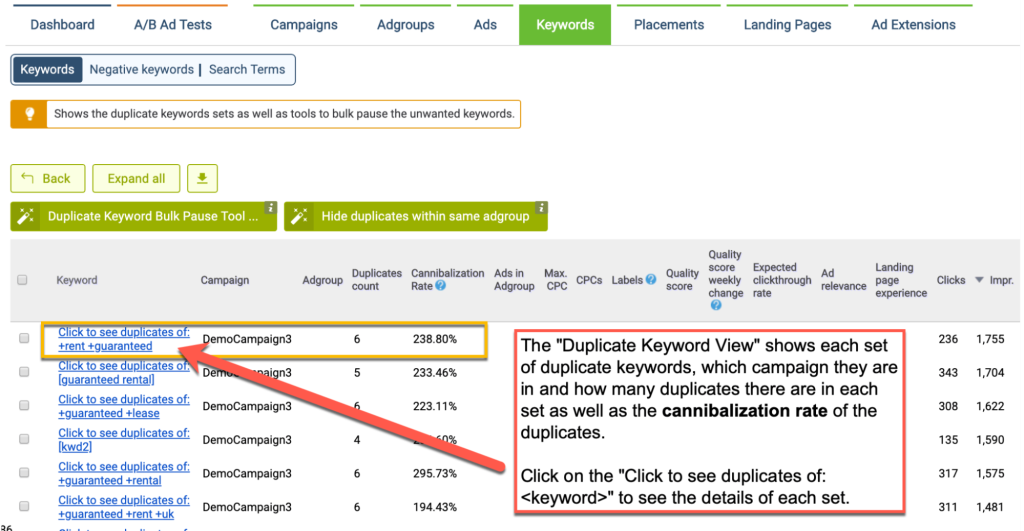
To optimize your keywords, you can use tools like Google Keyword Planner, Ubersuggest, or SEMrush to identify which one fits your niche. After analyzing the competition level, choose terms that have a balance of decent search volume and low competition.
Finally, integrate these keywords into your ad copy, product descriptions, and landing pages to ensure relevance and boost your quality score, which helps reduce your ad costs.
#2 Define Your Target Audience
To define your audience properly, start by building buyer personas, which are fictional representations of your ideal customers based on demographics, behavior, and preferences.
Once you have a good grasp of your audience, you can use platforms like Google Ads Custom Audiences to target users more precisely since Google Ads allows you to create Custom Audiences based on interests and online behaviors, so you can reach potential customers who are actively searching for relevant content.
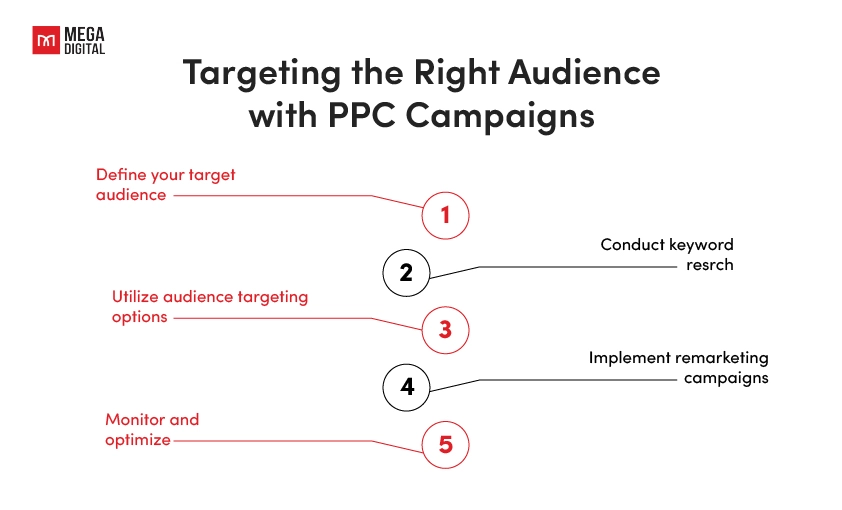
For instance, you could target users who have recently searched for “best kitchen appliances” or visited websites focused on gourmet cooking. This focused approach ensures that your Google Display or Search ads are reaching those already primed for your high-end products, maximizing your chances of conversion.
#3 Choose the Right PPC Platform
Choosing the right platform for your PPC campaign is like choosing the perfect setting for a story. Where you tell it can make all the difference.
Each platform attracts a different type of audience and caters to specific ways of engaging with content.
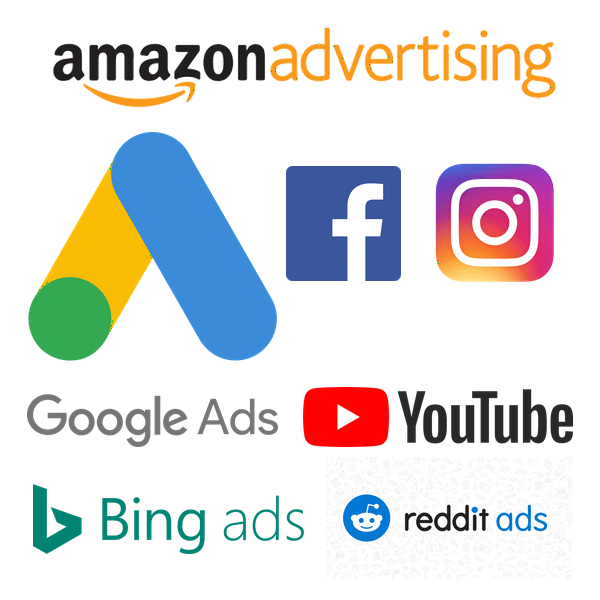
For example, if you’re selling visually appealing or lifestyle products, platforms like Instagram and TikTok are ideal because they thrive on eye-catching, engaging visuals.
Imagine you own an eco-friendly skincare brand. Instagram would be an excellent choice because it allows you to share before-and-after photos, skincare routines, or short product tutorials.
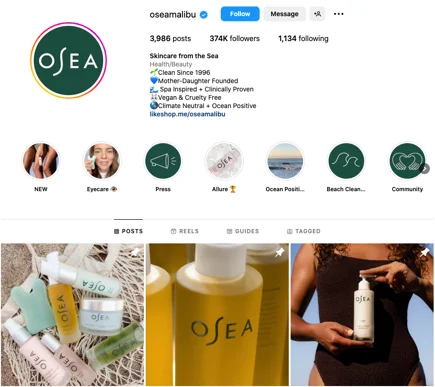
Through Instagram posts, users can instantly see the benefits of your products, making it easier to connect with those who care about both skincare and sustainability. You can even use Instagram’s Shopping Ads to let people purchase directly from the platform, simplifying the buying process for your audience.
On the other hand, if you’re promoting something like a software solution, Google Ads might be a better fit. Google Ads excels at targeting users who are actively searching for solutions to their problems.
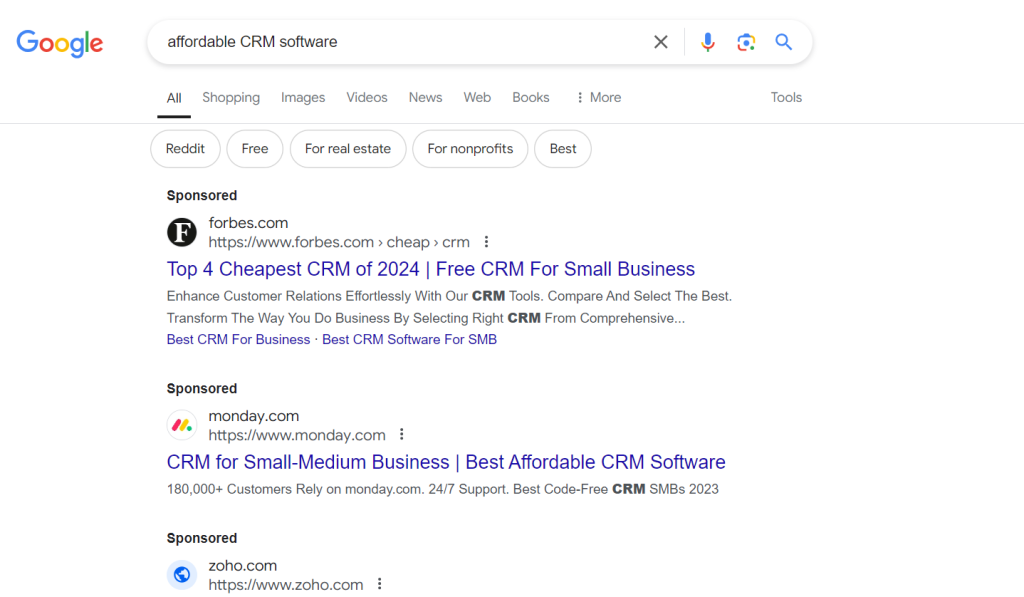
Someone looking for specific software will likely turn to Google, typing in keywords like “best project management tool” or “affordable CRM software.” Therefore, by using Google Search Ads, you can place your product right at the moment they’re looking for it, making your ad highly relevant and timely.
#4 Optimized Content
If you want to optimize your content, use A/B testing to experiment with different headlines, visuals, and calls-to-action to determine which approach resonates best with your audience.
For instance, if you’re promoting fitness gear, you could run 2 different Facebook Dynamic Ads to test what resonates more with your audience.
One ad might focus on a discount, like “Get 20% off all fitness gear!” while another could highlight the product’s benefits, such as “Lightweight, breathable gear designed for performance!” to see which message grabs more attention and drives better results.
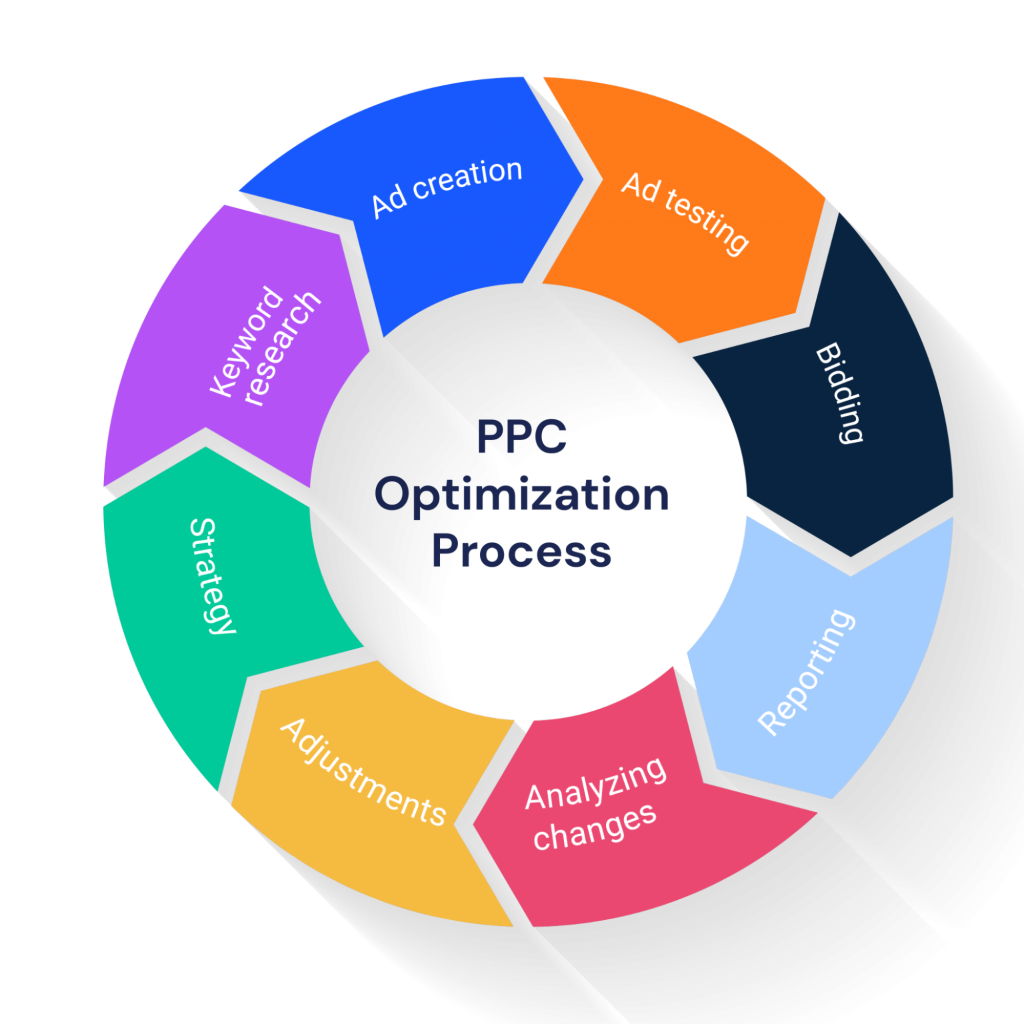
Once you’ve analyzed which ad performs better, you can refine your strategy even further. It’s not just about what headline or image works it’s about ensuring your ad content aligns perfectly with your audience’s preferences.
Instead of using generic calls-to-action like “Shop now,” try emphasizing what sets your brand apart. For instance, if your gear is eco-friendly, something like “Shop our premium eco-friendly gear” will better appeal to the values of your target audience.
#5 Set A Campaign Budget
Before launching your campaign, you need to establish a budget. Setting a daily or monthly budget helps you control your spending and measure performance over time.
For example, If you’re new to Google Ads, consider starting with a budget of $500 spread over a month. This amount allows you to gather valuable data on what works and what doesn’t without overspending.
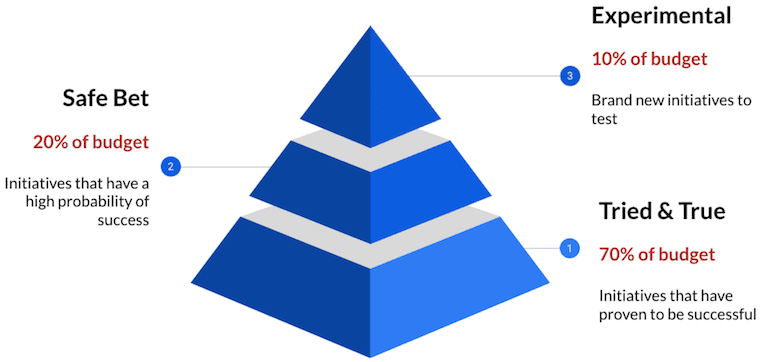
As your campaign progresses, you can analyze performance and allocate more of your budget to the ad groups or keywords that are driving the highest conversions.
For example, if ads for your eco-friendly yoga mats are outshining your general fitness gear, it’s wise to invest more in that area.
To make the most of it, you can use Google Ads’ Campaign Budget Optimization to further streamline your efforts. This feature automatically distributes your budget to the best-performing campaigns, helping you maximize your ad spending with minimal effort.
#6 Provide a Smooth User Experience
After users click on your ad, they should be led to a landing page that not only reflects the message in your ad but also provides a seamless browsing experience. To ensure this, make sure your landing page is fast, mobile-friendly, and relevant to the ad. For instance, if your ad is about a 50% off sale on summer dresses, the landing page should highlight those dresses front and center.
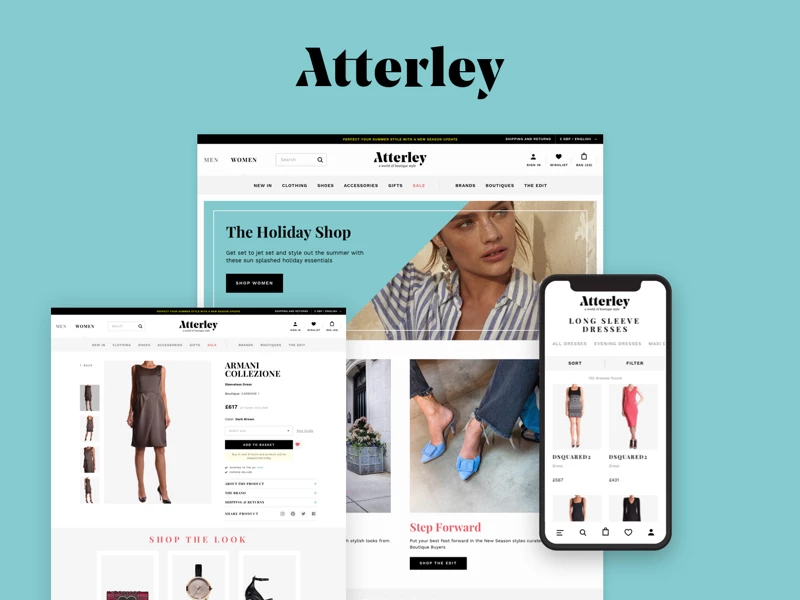
It is shown that even a one-second delay in page load time can reduce conversions, so use tools like Google’s PageSpeed Insights to check your load time.
Additionally, streamline your checkout process to make it quick and easy, as complicated or lengthy checkouts often lead to cart abandonment. You can consider platforms like Shopify or WordPress to create responsive, user-friendly landing pages tailored to your ad’s message.
#7 Set Up Tracking And Analytics
Finally, to run an effective e-commerce PPC campaign, you need to track and analyze your results. Setting up conversion tracking will help you understand which ads lead to sales, sign-ups, or other valuable actions.
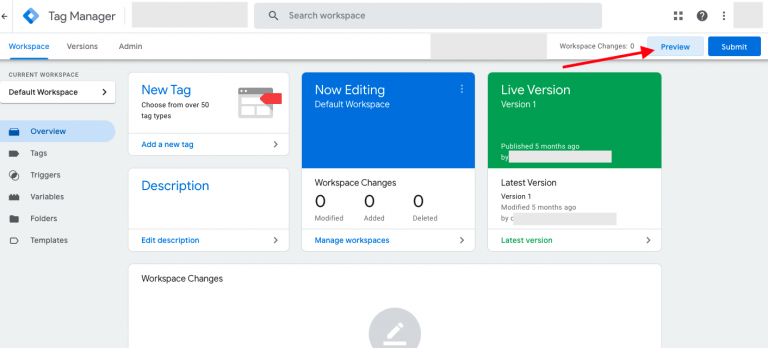
If you’re promoting a new product, you’ll want to track how many users click on your Google Ads Search Ad and ultimately make a purchase. You can use tools like Google Tag Manager or Facebook Pixel will make it easier to gather this data.
By regularly reviewing your analytics, you can pinpoint areas that need improvement. Maybe you discover that one ad copy isn’t converting as well as another, or perhaps certain audience segments are responding better to your offers.
Examples of Successful E-commerce PPC
To help you understand more about how using PPC can help promote your e-commerce business, I have some standout examples that highlight different strategies and platforms, showcasing how businesses can implement PPC to boost their online presence and sales.
#1 Manscaped
A standout example of Facebook PPC is the video ad used by Manscaped. The effectiveness of its ad comes from its appealing format – a 30-second video showcasing the product in action, with a clear message about its benefits and use.
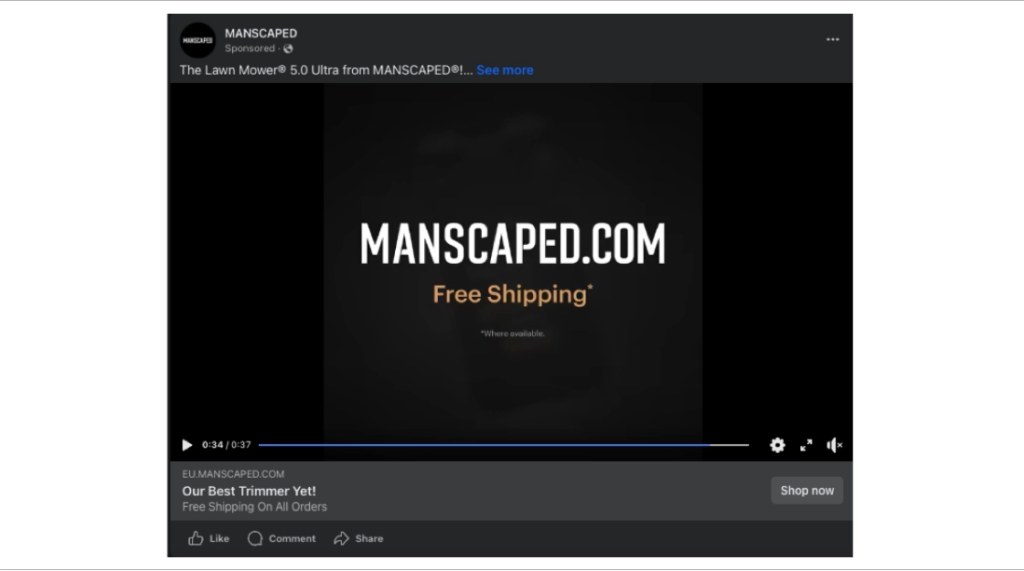
The video ad includes a concise description and a clear “Shop Now” CTA, directing users to an optimized landing page.
Additionally, the ad is optimized for both desktop and mobile, with quick loading speeds, eye-catching headlines, and a bold CTA. This setup fits perfectly with Manscaped’s brand, boosting awareness and driving conversions, even if users don’t buy right away.
#2 Airbnb
Airbnb’s Google Ads strategy is a great example of how search ads can be used effectively. By targeting specific search queries related to vacation rentals, Airbnb ensures its ads appear at the top of search results when users are actively looking for places to stay.
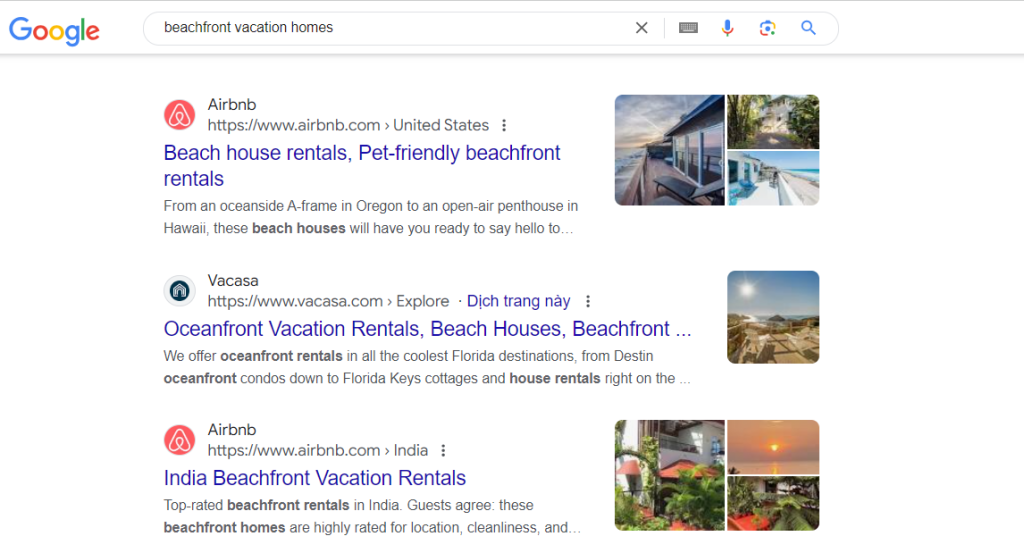
If you search for “beachfront vacation homes,” Airbnb’s ad may be the first result with a brief description highlighting the benefits of booking through their platform, such as “oceanfront vacation rentals.”
The ad typically includes site links to different types of properties like homestay and pet-friendly options, which makes it easy for users to find exactly what they’re looking for.
#3 Fenty Beauty
Fenty Beauty’s TikTok strategy exemplifies how brands can create community-driven content while promoting products, as seen in their #FentyBeautyHouse campaign, which introduced Fenty Beauty’s content creator house.
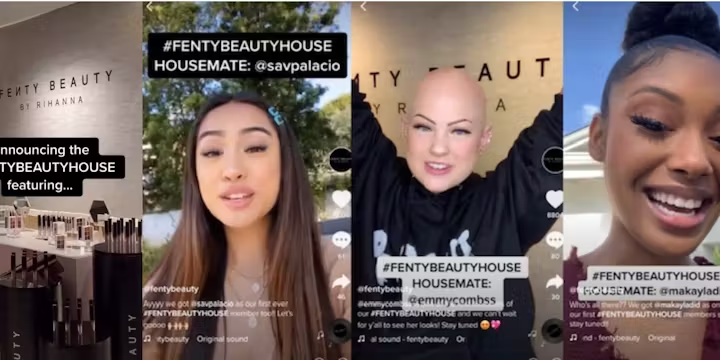
The campaign leveraged TikTok’s viral appeal, with influencers sharing Fenty makeup tutorials and behind-the-scenes clips using #FentyBeautyHouse to inspire users to explore and create content.
Besides, these short, authentic videos featured popular items like Fenty’s foundation and lip gloss, often with a CTA like “Shop Now,” leading viewers to product pages. This user-generated content, combined with influencer support, helped Fenty Beauty reach a younger audience and boosted brand awareness and sales.
Conclusion
In summary, with the right strategies in place, PPC becomes a powerful tool to grow your online business and boost revenue. Ready to get started? I hope these tips can help you create a winning PPC campaign!







